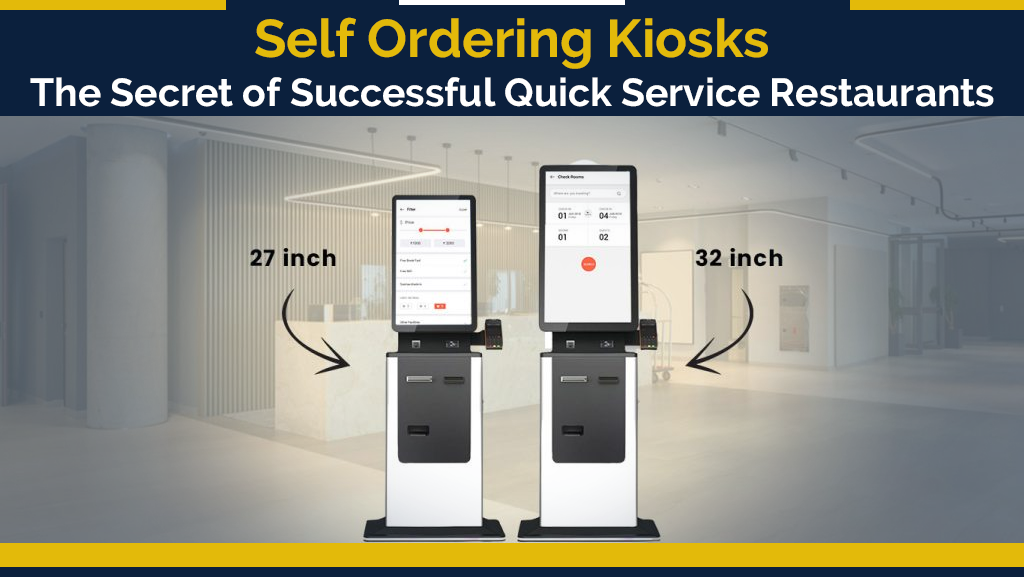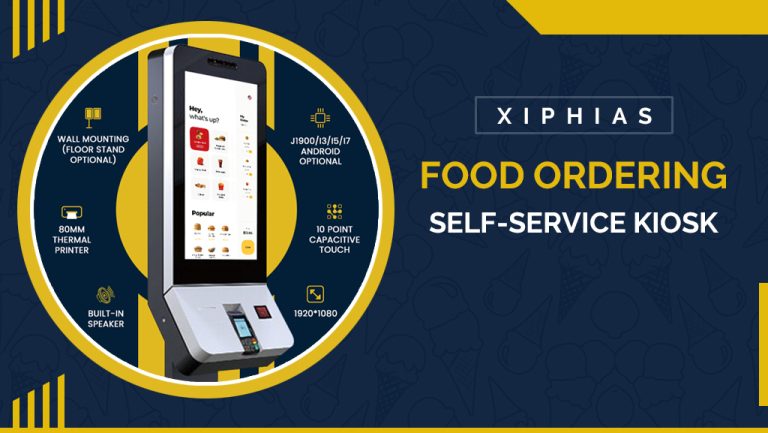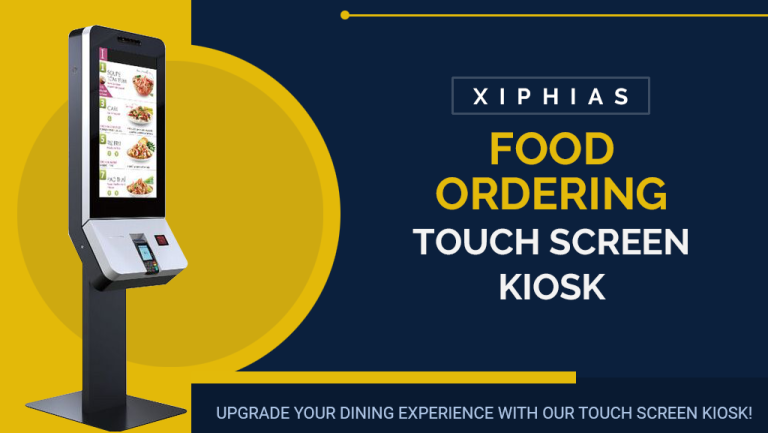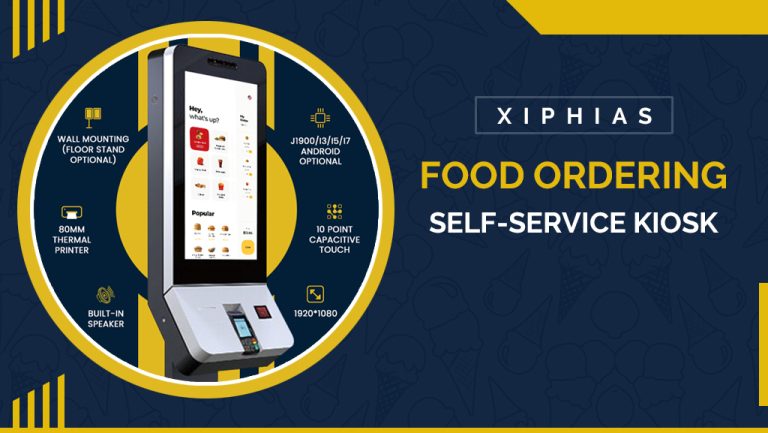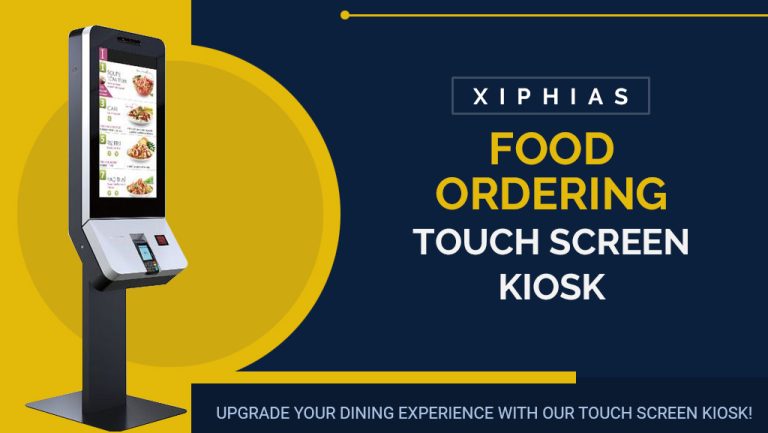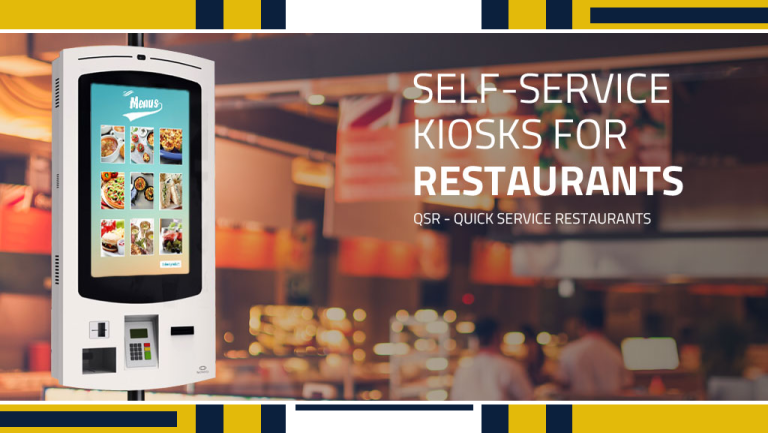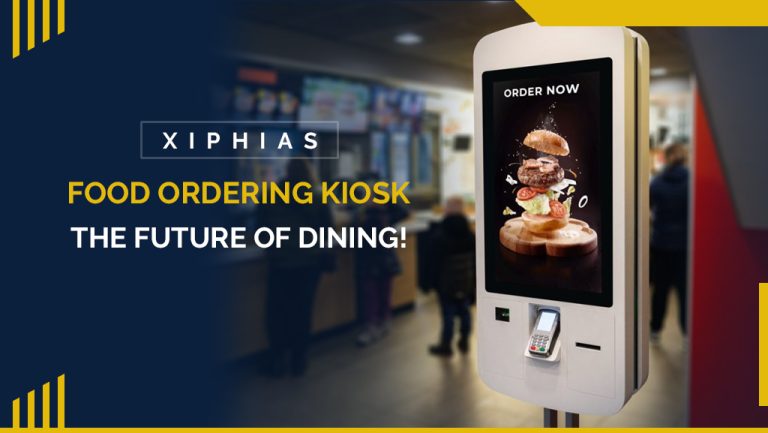How Self-Ordering Kiosks Can Improve Efficiency in Your Restaurant?
Customers desire convenience and quickness while dining out in the fast-paced world of today. Like consumers, restaurants are constantly seeking for creative ways to improve the eating experience and optimize their operations. The advent of self-ordering kiosks is one such innovation that is gaining popularity. Customers may browse menus, personalize their meals, and make payments using these interactive touchscreen tablets instead of a typical waiter. This blog post will discuss how self-ordering kiosks may greatly increase restaurant efficiency.
Reduced Waiting Times
Self-ordering kiosks’ ability to cut down on client wait times is one of its most important benefits. Traditional ordering procedures sometimes include lines for clients to place their orders, which causes service delays. Customers may quickly and easily place their meals using self-ordering kiosks while perusing the menu at their own speed. This enhances not just the quality of the meal but also makes it possible for your business to accommodate more guests during busy times.
Increased Order Accuracy
Customers may get dissatisfied as a result of human mistake in order taking that results in the wrong food being served. Miscommunication between consumers and waitstaff is avoided using self-ordering kiosks. Customers may select the foods they want, add any adjustments or dietary requirements, and check their orders before confirming. The chance of complaints is decreased thanks to the accuracy with which orders are taken to guarantee that clients receive exactly what they need.
Efficient Upselling and Promotion
Self-ordering kiosks can be programmed to upsell and promote specific items or add-ons. For example, when a customer selects a burger, the kiosk can suggest adding fries and a drink as a combo, thereby increasing the average transaction value. This automated upselling can significantly boost your restaurant’s revenue without relying on verbal recommendations from servers.
Improved Payment Process
Self-ordering kiosks simplify the payment process. Customers can pay directly at the kiosk using various payment methods, including cash, credit cards, or mobile wallets. This reduces the need for servers to handle payments manually, allowing them to focus on other aspects of customer service. Additionally, faster and more convenient payment options can lead to quicker table turnovers.
Enhanced Data Collection
Self-ordering kiosks collect valuable data on customer preferences and ordering patterns. This data can be used for targeted marketing, menu optimization, and understanding customer behavior. By analyzing this information, you can make data-driven decisions to improve your restaurant’s offerings and customer satisfaction.
Reduced Labor Costs
While self-ordering kiosks do not replace human staff entirely, they can reduce the need for as many servers. This can lead to lower labor costs in the long run. Servers can focus on providing personalized service, delivering orders, and attending to customer needs, rather than taking orders and processing payments.
Accessibility and Multilingual Support
Self-ordering kiosks can offer multilingual support, making it easier for international tourists or non-native speakers to place orders comfortably. Additionally, they can be designed with accessibility features, such as larger fonts and voice-guided instructions, to cater to customers with disabilities, ensuring an inclusive dining experience.
Streamlined Kitchen Operations
Self-ordering kiosks are usually integrated with the restaurant’s kitchen management system. This integration ensures that orders are transmitted directly to the kitchen, reducing the risk of miscommunication between the front of house and the kitchen staff. Orders can be processed more efficiently, resulting in faster meal preparation and delivery to customers.
Customer Feedback
Self-ordering kiosks can include features that allow customers to provide feedback on their dining experience. This real-time feedback can help you identify areas for improvement and address any issues promptly, ultimately enhancing customer satisfaction.
Conclusion
Self-ordering kiosks have emerged as a valuable tool for restaurants looking to improve efficiency and enhance the overall dining experience. By reducing waiting times, increasing order accuracy, facilitating efficient upselling, simplifying payment processes, and providing data-driven insights, these kiosks offer a win-win solution for both customers and restaurant owners. As technology continues to evolve, integrating self-ordering kiosks into your restaurant can be a forward-thinking investment that sets your establishment apart and ensures continued success in an increasingly competitive industry.

